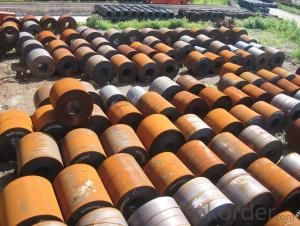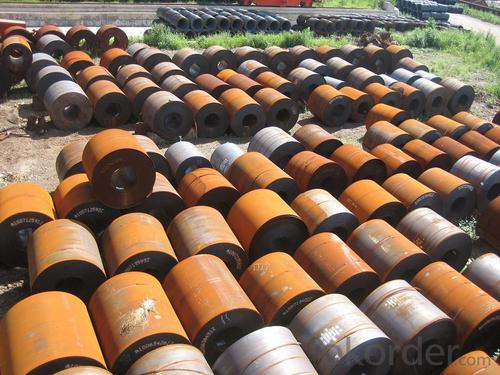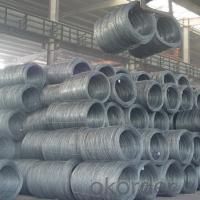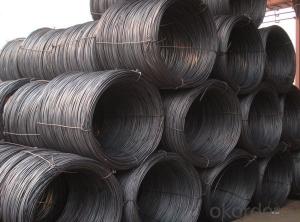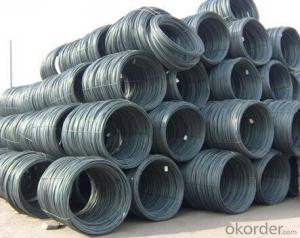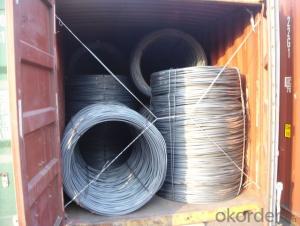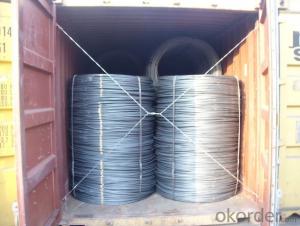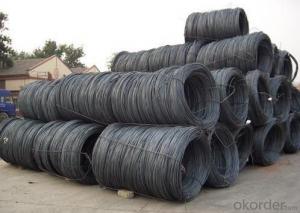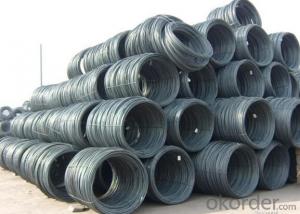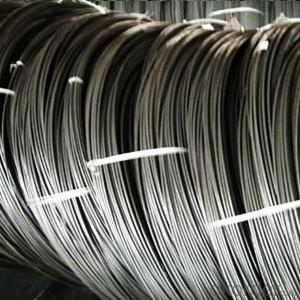Hot- rolled stainless steel coil for construction GB Q195
- Loading Port:
- Tianjin
- Payment Terms:
- TT OR LC
- Min Order Qty:
- 25 m.t.
- Supply Capability:
- 100000 m.t./month
OKorder Service Pledge
OKorder Financial Service
You Might Also Like
Product Description:
1.Description of Hot Dipped Galvanized Steel Coil Z275/Zinc Coated Steel Coil:
Galvanized steel coil is a special type of steel coil used in a number of different applications within fabrication and manufacturing environments. Steel coil of any kind is flat stock that is thin enough to be rolled into a coil or wound into a continuous roll. It is also able to be rolled out flat and cut at any length or shape needed. Having the steel coil galvanized helps the user by allowing it to be applied in outdoor fabrication projects.
2.Specifications of Hot Dipped Galvanized Steel Coil Z275/Zinc Coated Steel Coil:
1)Standard: AISI,ASTM,BS,GB,JIS
2)Grade:SGCC,DC51D,DX51D,DX52D,SPCC,SGCD,Q235,SGHC, G350…
3)Thickness: 0.14mm-2.5mm
4)Width: 100mm -600mm, 600mm-1500mm,762mm,914mm,1000mm,1200mm,1219mm,1250mm.
5)Length: 1000-6000mm or as customer’s requirement
3.Hot Dipped Galvanized Steel Coil Z275/Zinc Coated Steel Coil Images:
4.Hot Dipped Galvanized Steel Coil Z275/Zinc Coated Steel Coil Specification:
Trade information | ||
Technique | cold rolled | |
Standard | ASTM A653-2001,DIN10142-91,DIN1012--92, EN10327,JISG3302-2005,GB/T2518-2004 | |
Surface Treatment | Galvanized(Zinc 60—275g/m2)Oil,chromated as your requirement | |
Coil ID | 508mm/610mm | |
MOQ | 20 metric tons or negotiation | |
Package | Export standard package | |
Delivery Time | According to the order quantity | |
Trade Terms | FOB,CFR or CIF | |
Payment Term | T/T or L/C at sight | |
5.FAQ
We have organized several common questions for our clients,may help you sincerely:
①How about your company?
A world class manufacturer & supplier of castings forging in carbon steel and alloy steel,is one of the large-scale professional investment casting production bases in China,consisting of both casting foundry forging and machining factory. Annually more than 8000 tons Precision casting and forging parts are exported to markets in Europe,America and Japan. OEM casting and forging service available according to customer’s requirement.
②How to guarantee the quality of the products?
We have established the international advanced quality management system,every link from raw material to final product we have strict quality test;We resolutely put an end to unqualified products flowing into the market. At the same time, we will provide necessary follow-up service assurance.
③How long can we receive the product after purchase?
In the purchase of product within three working days, We will arrange the factory delivery as soon as possible. The pecific time of receiving is related to the state and position of customers.Commonly 7 to 10 working days can be served.
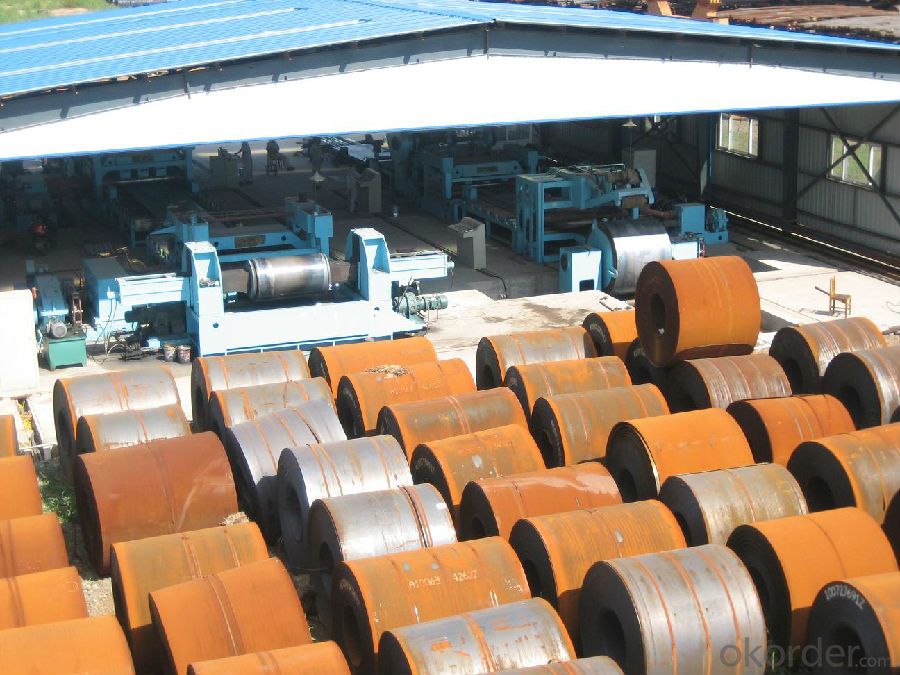
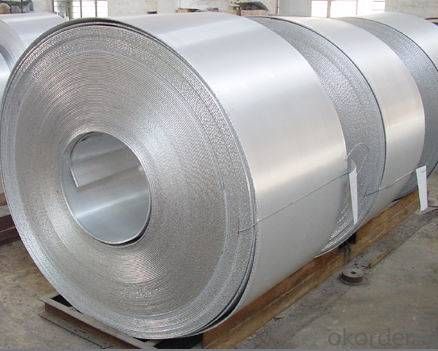
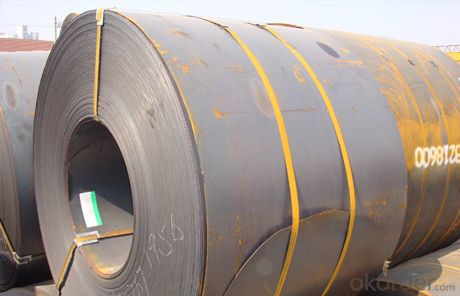
- Q: What are the different quality control measures for steel wire rod?
- There are several quality control measures for steel wire rod, including inspection of dimensions and surface defects, checking for proper chemical composition, testing for tensile strength and ductility, assessing microstructure and grain size, and ensuring compliance with industry standards and specifications. Additionally, non-destructive testing techniques such as ultrasonic testing and magnetic particle inspection are commonly used to detect internal flaws or defects.
- Q: What is the diameter of steel wire and the diameter of wire rod, and what's their difference?
- Steel wire is pulled by wire rod, the diameter of wire rod is the diameter of billet line, that is, the diameter before drawing. The diameter of steel wire is the diameter of wire rod drawn into steel wire
- Q: How is steel wire rod used in the manufacturing of wire fences?
- Steel wire rod is used as the primary material in the manufacturing of wire fences. It is first drawn through a series of dies to reduce its diameter and increase its strength, forming the wire. This wire is then woven or welded together to create the mesh structure of the fence. The strength and durability of steel wire rod make it an ideal choice for wire fences, providing security and longevity to the structure.
- Q: What are the common production processes for manganese-coated steel wire rod?
- The common production processes for manganese-coated steel wire rod typically involve cleaning the steel rod, applying a manganese coating through a hot-dip or electroplating process, and then conducting quality control checks to ensure the desired coating thickness and adhesion.
- Q: What are the standard straightness requirements for steel wire rod?
- The standard straightness requirements for steel wire rod are typically specified by industry standards or customer specifications. These requirements ensure that the wire rod has a straight and uniform shape, which is crucial for its intended applications. One common straightness requirement for steel wire rod is the maximum allowable deviation from a straight line. This is usually specified as a maximum bow or camber, which refers to the amount of deviation from a straight line when the wire rod is laid flat on a surface. This requirement ensures that the wire rod can be easily processed and used in various manufacturing processes, such as drawing, cold heading, or welding. Another straightness requirement for steel wire rod is the maximum permissible twist or helix. This refers to the amount of rotation or spiral distortion along the length of the wire rod. Excessive twist can affect the wire rod's performance, especially in applications where it needs to be threaded through tight spaces or used in precision machinery. In addition to these primary straightness requirements, there may be specific tolerances for straightness at different sections or lengths of the wire rod. For example, the straightness requirement may be more stringent at the ends or along specific portions of the wire rod. These variations in straightness requirements are often determined based on the wire rod's intended application or the customer's specific needs. Overall, the standard straightness requirements for steel wire rod aim to ensure that the product meets the necessary quality standards and can be effectively used in various manufacturing processes. Compliance with these requirements helps to guarantee that the wire rod performs reliably and consistently in its intended applications.
- Q: How is steel wire rod used in the manufacturing of cables and wires?
- Steel wire rod is an essential component in the manufacturing of cables and wires due to its exceptional strength and durability. It serves as the base material for the production of various types of cables and wires used in a wide range of industries. In the manufacturing process, steel wire rod is first drawn through a series of dies to reduce its diameter and increase its length. This process, known as wire drawing, helps to refine the steel wire rod and improve its mechanical properties. The wire is then subjected to various treatments such as annealing or heat treatment to further enhance its strength and flexibility. Once the steel wire rod has been properly processed, it is ready to be used in the production of cables and wires. The wire is typically coated with materials such as plastic or rubber to provide insulation and protection against moisture, chemicals, and other external factors. This coating also helps to improve the overall performance and longevity of the cables and wires. Steel wire rod is used in the manufacturing of a wide range of cables and wires, including electrical cables, communication cables, and structural cables. Electrical cables, for example, are used to transmit electricity and are commonly found in power grids, buildings, and appliances. Communication cables, on the other hand, are used for data transmission and are widely used in telecommunications and networking systems. In addition to its strength and durability, steel wire rod offers excellent conductivity, making it an ideal choice for applications that require efficient electrical or data transmission. It is also cost-effective compared to other materials, making it a popular choice for cable and wire manufacturers. Overall, steel wire rod plays a crucial role in the manufacturing of cables and wires, providing the strength, durability, and conductivity required for various applications. Its versatility and reliability make it an indispensable component in the production of high-quality cables and wires used in various industries.
- Q: How is steel wire rod used in the production of tire reinforcement materials for bicycles?
- Steel wire rod is used in the production of tire reinforcement materials for bicycles to provide strength and durability. It is typically used as the primary material in the production of tire beads, which are the steel wires that form the inner circumference of the tire and help it stay securely attached to the rim. By using steel wire rod, bicycle tire manufacturers can ensure that the tires have sufficient tensile strength and can withstand the pressure and stress of regular use, enhancing the overall performance and safety of the bicycle tires.
- Q: What are the different types of steel wire rod surface cleaning tools?
- There are several types of steel wire rod surface cleaning tools available, including wire brushes, sandpaper, abrasive wheels, and chemical cleaners. Each tool has its own unique advantages and suitability for different levels of cleaning and surface preparation.
- Q: What are the factors that affect the tensile strength of steel wire rod?
- There are several factors that can affect the tensile strength of steel wire rod. These include: 1. Chemical composition: The specific combination of elements in the steel, such as carbon, manganese, and silicon, can significantly impact its tensile strength. Higher carbon content generally leads to greater strength, while other alloying elements can further enhance or reduce strength depending on their properties. 2. Heat treatment: The process of heating and cooling steel wire rod can alter its microstructure and ultimately affect its tensile strength. Various heat treatment methods, such as quenching and tempering, can be employed to achieve the desired strength level. 3. Manufacturing process: The way the steel wire rod is produced and processed can also influence its tensile strength. Factors such as rolling temperature, reduction ratio, and cooling rate can affect the alignment of the steel's crystalline structure, which in turn affects its strength properties. 4. Grain size: The size of the grains in the steel wire rod can have an impact on its tensile strength. Smaller grain sizes generally lead to higher strength, as they provide more barriers for dislocations to move through the material. 5. Surface condition: The presence of surface defects, such as cracks or scratches, can act as stress concentrators and weaken the tensile strength of the steel wire rod. Therefore, proper surface treatment and handling during manufacturing and transportation are crucial in maintaining its strength. 6. Environmental conditions: The environment in which the steel wire rod is used can also affect its tensile strength. Factors such as temperature, humidity, and exposure to corrosive substances can lead to degradation or embrittlement of the material, resulting in reduced strength. Overall, the tensile strength of steel wire rod is influenced by a combination of its chemical composition, heat treatment, manufacturing process, grain size, surface condition, and environmental factors. Understanding and controlling these factors are essential in ensuring the desired strength and performance of the steel wire rod in various applications.
- Q: What are the common applications of oil tempered steel wire rod?
- Oil tempered steel wire rod is a versatile material that finds numerous applications across various industries. Some of the common applications of oil tempered steel wire rod include: 1. Springs: Oil tempered steel wire rod is widely used in the manufacturing of springs, including automotive suspension springs, valve springs, and mechanical springs. Its high tensile strength, excellent fatigue resistance, and superior toughness make it an ideal material for these applications. 2. Cables and Wire Ropes: Oil tempered steel wire rod is used in the production of cables and wire ropes, which are extensively used in construction, mining, and transportation industries. Its high strength and flexibility make it suitable for heavy-duty lifting and pulling operations. 3. Automotive Industry: Oil tempered steel wire rod is utilized in various components of automobiles, such as seat frames, exhaust hangers, and brake springs. Its ability to withstand high temperatures and resistance to corrosion make it a preferred material in the automotive industry. 4. Construction Industry: Oil tempered steel wire rod is commonly used in the construction industry for applications like reinforcing concrete structures, manufacturing pre-stressed concrete products, and cable-stayed bridges. Its high tensile strength and durability ensure the integrity and longevity of the structures. 5. Furniture and Upholstery: Oil tempered steel wire rod is employed in the production of furniture and upholstery springs, providing comfort and support to sofas, chairs, and mattresses. Its ability to retain its shape and resistance to fatigue make it suitable for these applications. 6. Agricultural Equipment: Oil tempered steel wire rod is used in the manufacturing of various agricultural equipment, such as hay balers, fence wires, and vineyard trellising. Its strength, durability, and resistance to environmental factors make it ideal for these demanding applications. Overall, the common applications of oil tempered steel wire rod span a wide range of industries, thanks to its exceptional strength, durability, flexibility, and resistance to fatigue and corrosion. Its versatility and reliable performance make it a preferred choice for many critical applications.
Send your message to us
Hot- rolled stainless steel coil for construction GB Q195
- Loading Port:
- Tianjin
- Payment Terms:
- TT OR LC
- Min Order Qty:
- 25 m.t.
- Supply Capability:
- 100000 m.t./month
OKorder Service Pledge
OKorder Financial Service
Similar products
Hot products
Hot Searches
Related keywords
